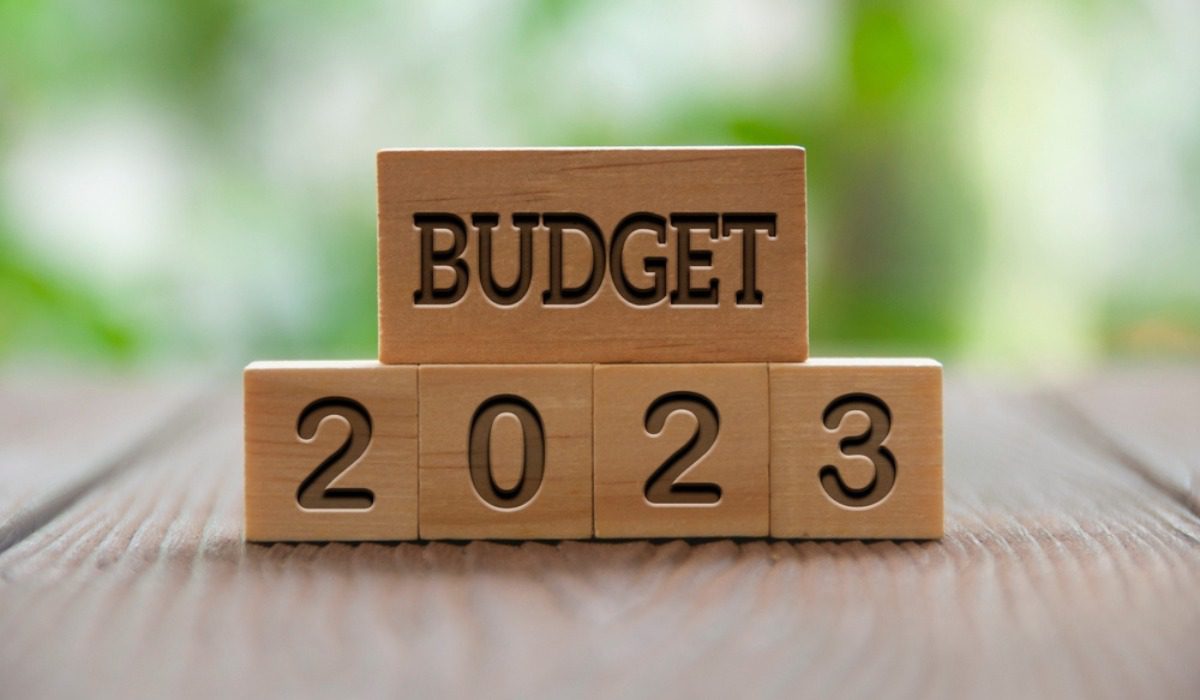Finance Minister Nirmala Sitharaman tabled the Union Budget 2023-24 on February 1st, 2023. Aimed to achieve a multiplier effect on growth and job creation in the country, the FM made key announcements focusing on investments and infrastructure development, as one of its seven priorities in 2023-24. The government announced a 33 per cent hike in capital expenditure to Rs 10 lakh crore for infrastructure development for 2023-24.
This is a steep increase in the capex outlay by the government, which is nearly three times the outlay in 2019-20, and would be at 3.3 per cent of the GDP. The government announced its key plans for the year regarding infrastructure development.
Announcements aimed to boost investments
The FM highlighted the rise in private investments after the lull created by the pandemic. The direct capital investment by the government will be supported by the provision to create capital assets through Grants-in-Aid to states. The ‘Effective Capital Expenditure’ of the centre is estimated at Rs 13.7 lakh crore, which will be 4.5 per cent of GDP, the FM said.
The government will continue the 50-year interest-free loan to state governments for another year to encourage investment in infrastructure and incentivise them for complementary policy actions, with an increased outlay of Rs 1.3 lakh crore.
The newly established Infrastructure Finance Secretariat will help attract more private investments in infrastructure, including railways, roads, urban infrastructure and power.
Increased outlay for railway infrastructure
The Indian railway sector received the highest-ever outlay of Rs 2.4 lakh crore, which is around nine times the provision made during 2013-14.
Efforts towards enhancing regional connectivity
The government is planning to boost regional air connectivity in the country as 50 additional airports, heliports, water aerodromes and advance landing grounds will be revived.
Focus on logistics sector
On October 13, 2021, PM Modi launched the PM Gati Shakti National Master Plan to integrate the planning of infrastructure projects and reduce logistics costs.
With its continued focus on the logistics sector, the government has identified 100 critical transport infrastructure projects, for last and first mile connectivity for ports, coal, steel, fertilizer, and food grains sectors. These projects will be undertaken on priority with an investment to the tune of Rs 75,000 crore, including Rs 15,000 crore from private sources.
Push towards strengthening urban infrastructure
With the vision to build ‘sustainable cities of tomorrow’, the government said that states and cities in the country will be encouraged to take up urban planning reforms. Efforts will be made for the efficient usage of land resources, adequate resources for urban infrastructure, transit-oriented development, enhanced availability and affordability of urban land, and opportunities for all.
Through reforms in property tax governance and ring-fencing user charges on urban infrastructure, cities will be incentivised to improve their credit worthiness for municipal bonds, the FM announced.
Further, the government proposed to set up Urban Infrastructure Development Fund (UIDF), managed by the National Housing Bank, through use of priority sector lending shortfall. It will be used by public agencies to develop urban infrastructure across tier 2 and tier 3 cities in India. States will be enabled to leverage resources from the grants of the 15th Finance Commission, along with existing schemes, to adopt appropriate user charges while accessing the UIDF. The aim is to make a provision of Rs 10,000 crore per annum towards this goal.
Plans to develop Digital Public Infrastructure
To enable inclusive, farmer-centric solutions, and give a boost to the agricultural sector, the government plans to set up digital public infrastructure as an open source, open standard and inter operable public good.
Talking about the fintech services in India that have been facilitated by the digital public infrastructure, including Aadhaar, PM Jan Dhan Yojana, Video KYC, India Stack and UPI, the FM said that the scope of documents available in DigiLocker for individuals will be expanded to allow more Fintech innovative services. Further, the government will continue to focus on fiscal support towards digital payments.
Industry’s take on Budget 2023
As per industry experts, the increased capital outlay of 33% is a big boost for the infrastructure sector and enable faster completion of ambitious government programmes, including the Gati Shakti, Bharatmala, and Sagarmala.
Siddharth Maurya, resource specialist, Expertise Real-Estate and Fund Management, said, “The Union Budget so far has not announced any real estate-specific policy, which is a little disappointing for the industry players. However, the industry will welcome the government’s continued policy of supporting infrastructure growth. Rs 10,000 crore has been allocated for infrastructure funds which will also offer an institutional framework for development in Tier 2 and 3 cities. This will drive real estate growth. Meanwhile, the capital expenditure has been increased to Rs 10 lakh crore which will link infrastructure growth, economic prosperity, and real estate demand. It is noteworthy that infrastructure development is the cornerstone of a healthy real estate industry. The outlay for PM Awas Yojna has been increased by 66% to Rs 79,000 crore, which is another very prudent announcement.”
Nakul Mathur, MD, Avanta India, said “In the union budget, GOI has once reiterated its commitment to infrastructure development, urban growth, and the housing for all program. The effective capital expenditure will be Rs 13.7 lakh crore, forming 4.5% of the GDP. Likewise, the outlay for PM Aawas Yojna has been increased by 66% to Rs 79,000 crore. The thrust towards infrastructure development in the form of roadways, power, healthcare, railway corridors, water supplies, affordable housing programs, etc. will drive economic growth. This in turn will push demand for housing, urban communities, construction activities, office spaces, etc.”
Murali Ramakrishnan MD and CEO, The South Indian Bank, said, “This year’s Union Budget is noteworthy on a number of counts. Effective implementation of schemes like opening of 47.8 crore PM Jan Dhan bank accounts will benefit common citizens. With the establishment of the Urban Infrastructure Development Fund (UIDF), we expect infrastructure in tier 2 and tier 3 cities receiving a significant boost. The enabling of the Digital locker for MSMEs for securely storing and sharing documents online with various authorities, regulators and other entities will encourage seamless business.”
Harini is a content management professional with over 12 years of experience. She has contributed articles for various domains, including real estate, finance, health and travel insurance and e-governance. She has in-depth experience in writing well-researched articles on property trends, infrastructure, taxation, real estate projects and related topics. A Bachelor of Science with Honours in Physics, Harini prefers reading motivational books and keeping abreast of the latest developments in the real estate sector.











